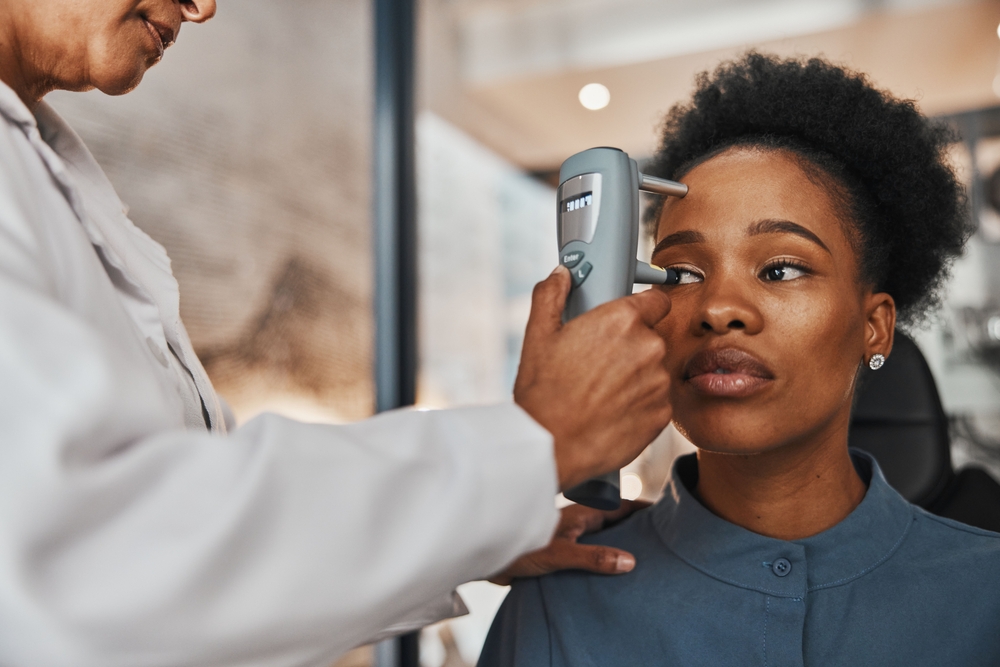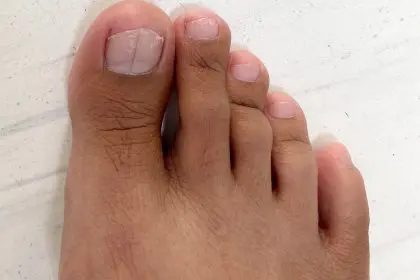As we age, our bodies undergo various changes, some of which are more noticeable than others. One area that often reflects the passage of time is our vision. After the age of 45, many individuals begin to experience changes in their eyesight that can significantly impact their daily lives. This is why regular trips to the optometrist become crucial. In this article, we will explore why your eyes and age after 45 dictate a trip to the optometrist, the common eye conditions that arise with age, and how proactive eye care can enhance your quality of life.
The impact of aging on eyesight
Like the rest of our bodies, our eyes age naturally. This process can lead to various changes in vision, some of which might be subtle while others can be more pronounced. Understanding these changes is the first step toward recognizing the importance of regular eye exams.
Presbyopia: The age-related focus problem
One of the most common eye conditions that affect individuals over the age of 45 is presbyopia. This condition is characterized by a gradual loss of the eye’s ability to focus on close objects. Presbyopia occurs due to the hardening of the lens inside the eye, which makes it less flexible and less able to change shape to focus on nearby objects. Symptoms of presbyopia include difficulty reading small print, needing to hold reading materials at arm’s length, and experiencing eye strain or headaches after reading or doing close-up work.
Cataracts: Clouding of the eye’s lens
Cataracts are another age-related eye condition that becomes more prevalent after age 45. They are clouding of the eye’s lens, leading to blurred vision, difficulty with night vision, and sensitivity to light. While cataracts develop slowly and may not immediately impact vision, they can eventually interfere with daily activities. Regular eye exams can help detect cataracts early, providing timely intervention and treatment.
Glaucoma: The silent thief of sight
Glaucoma is a group of eye conditions that damage the optic nerve, often due to high pressure inside the eye. It is known as the “silent thief of sight” because it can progress without noticeable symptoms until significant vision loss has occurred. Individuals over the age of 45 are at a higher risk for glaucoma, and regular eye exams are essential for early detection and management. Early treatment can help prevent further damage and preserve vision.
Age-related macular degeneration (AMD)
Age-related macular degeneration (AMD) is a leading cause of vision loss in individuals over 45. AMD affects the macula, the eye part responsible for central vision. There are two types of AMD: dry and wet. Dry AMD is more common and progresses slowly, while wet AMD is less common but more severe and can lead to rapid vision loss. Regular eye exams can help detect AMD early, allowing for treatment that can slow its progression and preserve vision.
The importance of regular eye exams
Given the prevalence of age-related eye conditions, regular visits to the optometrist become essential after age 45. These exams are not only for those experiencing noticeable vision changes but also for those who believe their eyesight is still perfect. Here’s why regular eye exams are critical:
Early detection and prevention
Many eye conditions, such as glaucoma and AMD, do not present symptoms in their early stages. Regular eye exams can detect these conditions before they cause significant vision loss. Early detection allows for early intervention, which can slow or prevent the progression of these diseases.
Monitoring changes in vision
As we age, our vision can change gradually. Regular eye exams help monitor these changes and adjust prescriptions for glasses or contact lenses as needed. This ensures you always have the best possible vision for your daily activities.
Overall eye health
Eye exams do more than just check for vision changes; they also assess the overall health of your eyes. Optometrists can detect signs of other health conditions, such as diabetes and high blood pressure, which can affect eye health. By keeping regular appointments, you can catch these issues early and seek appropriate medical care.
How to care for your eyes as you age
While regular trips to the optometrist are crucial, there are also steps you can take to care for your eyes and maintain good vision as you age.
Maintain a healthy diet
A diet rich in fruits, vegetables, and omega-3 fatty acids can support eye health. Foods like spinach, kale, salmon, and citrus fruits contain essential nutrients that promote good vision and protect against age-related eye conditions.
Protect your eyes from UV rays
Prolonged exposure to ultraviolet (UV) rays can increase the risk of cataracts and other eye conditions. Wearing sunglasses that block 100% of UV rays and a wide-brimmed hat can help protect your eyes when you are outdoors.
Quit smoking
Smoking increases the risk of developing age-related eye conditions, including cataracts, AMD, and glaucoma. Quitting smoking can significantly reduce these risks and improve overall eye health.
Manage chronic conditions
Chronic conditions such as diabetes and hypertension can affect your vision. Managing these conditions through medication, diet, and regular medical check-ups can help prevent vision problems.
Conclusion
In conclusion, your eyes and age after 45 dictate a trip to the optometrist for numerous reasons. The natural aging process brings about changes in vision that can impact your quality of life. Regular eye exams are essential for early detection and management of age-related eye conditions such as presbyopia, cataracts, glaucoma, and AMD. By taking proactive steps to care for your eyes and maintaining regular appointments with your optometrist, you can ensure that your vision remains as clear and healthy as possible as you age. Don’t wait for symptoms to appear; make eye care a priority and enjoy the benefits of good vision for years to come.
This story was created using AI technology.











